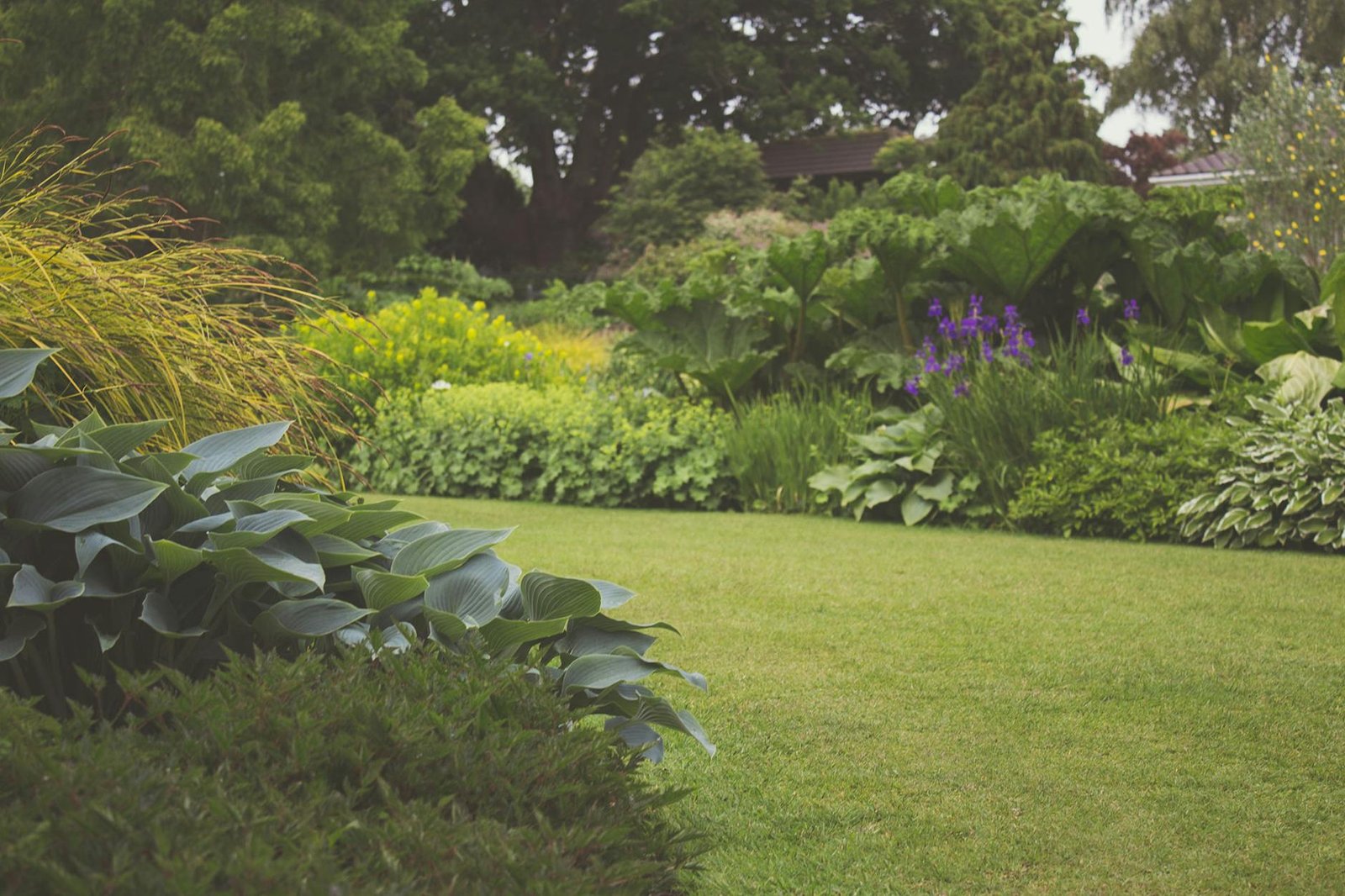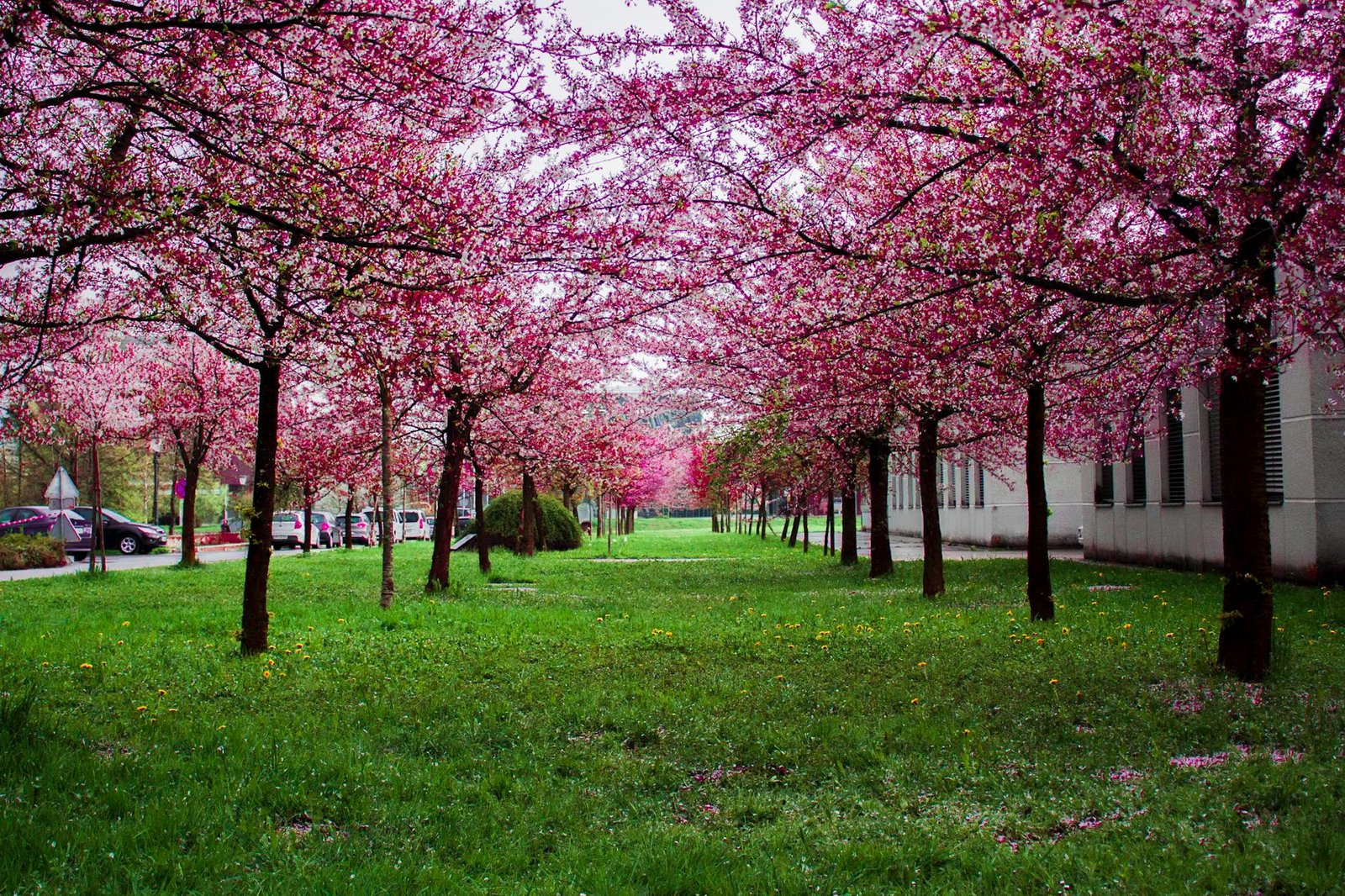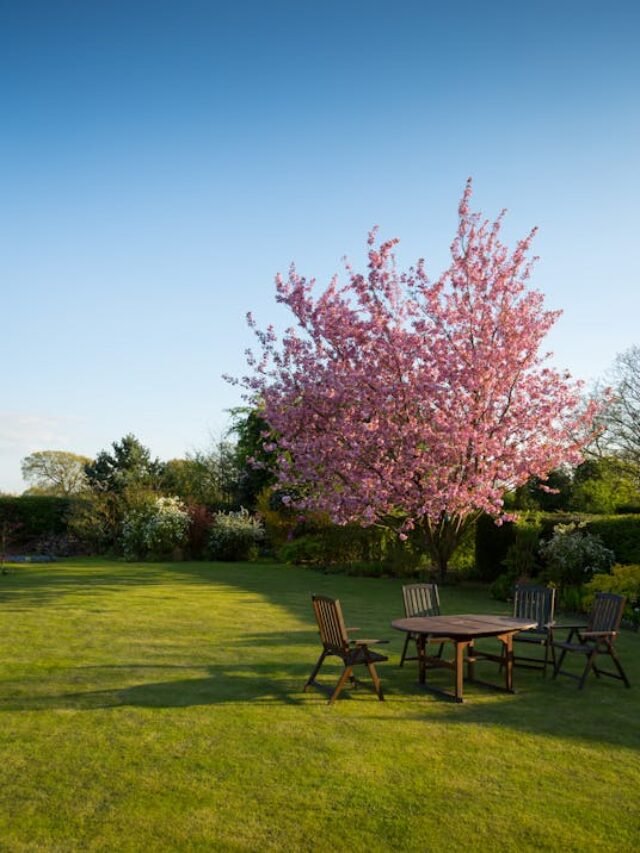Last Updated on October 16, 2024 by Daniele Lima
First Steps to a Healthy Garden
Gardening is an activity that combines creativity, patience, and a deep connection with nature. For Beginner Gardening Tips, it can seem challenging to figure out where to start and what maintenance is needed to ensure a lush, healthy garden. However, with some simple and practical tips, anyone can transform an empty space into a true green oasis.
This article is dedicated to those who are new to gardening and want to discover secrets and tricks to make their garden flourish. From choosing the right plants to basic planting and maintenance techniques, we will explore together the first steps to creating a garden that not only beautifies the environment but also provides moments of peace and contentment. Get your tools ready because the journey to a healthy garden starts now!
Table of Contents
When can you start gardening?
Choosing the Right Plant
The first critical decision for starting a garden for a beginning gardener is choosing plants. Choosing the right species is essential to the success of your garden. When choosing plants, consider the following:
Climate and Sun
Know the climate and soil available in your region. Some plants thrive in hot, dry climates, while others prefer moist, cool environments. Take a soil sample to understand its composition and correct any deficiencies with organic or specialty fertilizers.
Solar radiation
Determine how much sunlight your garden receives each day. Plants like tomatoes and sunflowers need full sun, while ferns and hostas prefer partial shade. Placing plants according to their light needs maximizes healthy growth.
Available space
Consider the space each plant needs to grow. Larger plants, such as shrubs and fruit trees, require more space, while smaller plants, such as herbs and annual flowers, can be grown in pots or window boxes.
Robustness and maintenance

Choosing plants that are resistant and require little maintenance can be a good choice for the beginning gardener. Look for species native to your region, as they tend to adapt better to the local climate and require less maintenance. Also consider perennials that come back year after year without needing to be replanted, such as lavender, mint, and rosemary.
Purpose of the garden
Decide what the main purpose of your garden is. Do you want a beautiful garden, a recreation room, or a fruitful garden with fruits, vegetables, and herbs? The answer to this question will guide your plant selection. Flowers such as roses, daisies, and petunias are excellent choices for a landscaped garden. Choose vegetables like lettuce, carrots, and zucchini for a productive vegetable garden.
Plant compatibility
Some plants grow best when grown together, while others can compete for resources and inhibit each other’s growth. Practice “co-planting,” a technique that maximizes plant growth by strategically placing them together. For example, basil and tomatoes are beneficial when planted together, while carrots and fennel should be kept separately.
Cost and availability
Also, consider the cost and availability of services. Some exotic plants can be expensive and difficult to find, while others are more affordable and available at local nurseries. If you’re on a budget, you can start with seeds, which are generally cheaper than seedlings.
Test and learn
Don’t be afraid to try different plants and see which ones work best in your garden. Gardening is a continuous learning process and each trial and error adds knowledge and experience. Keep a gardening journal where you can record what works and what doesn’t, and don’t be afraid to seek out information and share experiences with other gardeners.
Additional Resources
Use additional resources like gardening guides, garden design apps, and advice from local experts to help you choose the right plants. Visit nurseries and garden shows to get personalized recommendations based on your garden’s specific conditions.
Beginner gardening tips

Soil Preparation
Soil Preparation Proper soil preparation is critical to start a garden of success of any garden. Well-prepared soil provides the nutrients necessary for plant growth and promotes good drainage.
Cleaning and aeration
Start by removing weeds, rocks, and debris from the soil. Then turn the soil over to improve aeration and water penetration. Use a shovel and rake to break up clumps and level the surface.
Soil enrichment
Add organic matter, such as compost or manure, to enrich the soil. Improves soil structure and fertility, providing the nutrients plants need. Mix the organic matter well into the existing soil to ensure even distribution.
Soil sample
Before planting, it is recommended to take a soil sample to determine its pH and nutrient content. This will help determine what repairs are needed. Soil testing kits are available at garden stores, and some farm services offer more detailed analyses.
Soil change
Adjust pH based on soil test results. Acidic soil can be amended by adding limestone, while alkaline soil can be amended with sulfur or aluminum sulfate. Additionally, add special fertilizers to correct nutritional deficiencies as indicated by test results.
Proper drainage
Make sure the soil has good drainage to avoid overwatering, which can lead to root rot. If the soil is very clayey and heavy, add coarse sand or perlite to improve drainage. If the soil is very sandy, add organic matter to retain moisture.
Garden layout
Plan the garden layout taking into account space requirements and plant suitability. Plant plants that prefer full sun in areas that receive several hours of direct sunlight per day and reserve shady areas for plants that prefer less light. Make sure plants have enough space to grow, avoiding excessive pruning, which can cause disease and competition for nutrients.
Ground cover
After planting, spread a layer of mulch around the plants to help retain soil moisture, control weeds, and regulate soil temperature. Use organic materials such as straw, dry leaves, or tree bark, which also decompose over time and enrich the soil.
Regular maintenance
Keep the soil and plants healthy by watering regularly, especially during dry periods. Control weeds to prevent them from competing with plants for nutrients and water. Fertilize as needed, following specific recommendations for each type of plant.
Correct Planting
Correct planting is essential for healthy and strong plant growth. Follow these guidelines for successful planting:
Spacing
Follow the recommended spacing for each plant species. Correct spacing prevents competition for nutrients and light, promoting uniform growth.
Plant depth
Plant each plant at the appropriate depth. Most plants should be planted at the same depth as their original pot. Avoid planting too deep as this can cause root rot.
Effective Watering
Watering is one of the most critical aspects of gardening. Inadequate watering can cause plants to wilt or root rot. Here are some tips for efficient watering:
Frequency
Watering frequency depends on the type of plant, climate, and soil. Water regularly, but avoid waterlogging the soil. Potted plants generally need to be watered more frequently than plants in the ground.
Time
Preferably, water the plants early in the morning or late in the afternoon. Avoid watering at midday, when the sun is strongest, to minimize evaporation and leaf burn.
Regular Maintenance

Keeping your garden healthy requires constant attention. Here are some maintenance practices that will help your plants thrive:
Pruning
Carry out regular pruning to remove dead or diseased branches, encourage the growth of new shoots, and shape the plants. Proper pruning also improves air circulation and exposure to sunlight.
Pest control
Monitor your garden regularly for signs of pests and diseases. Use organic methods, such as natural insecticides and traps, to control pests. Companion plants, such as basil and marigold, can also help repel harmful insects.
Fertilization
Proper fertilization provides the essential nutrients your plants need to grow strong and healthy. Use organic or synthetic fertilizers as needed, following dosage instructions to avoid overfertilizing.
Types of fertilizers

1. Organic:
Compounds: Made from plant and animal waste, they improve soil structure and increase moisture retention.
Manure: Rich in organic matter, it provides nutrients slowly and evenly.
Bone meal: Rich source of phosphorus, important for root development.
Began: contains trace elements and natural growth hormones that stimulate plant development.
2. Synthetic:
Granules: Controlled release of nutrients and provides continuous nutrition.
Liquids: quickly absorbed by plants, ideal for a quick response.
Soluble in water: Easy to apply, especially in irrigation systems.
Sustainable Gardening
Sustainable gardening is good for the environment as well as your garden. Here are some tips to make your garden greener:
Composting
Create a composting system to recycle food and garden waste. The resulting compost is an excellent natural fertilizer that improves the soil.
Rainwater harvesting
Install rain barrels to collect and store rainwater. Use this water to water your plants and save water resources.
Companion Plants
Grow plants that benefit each other when planted close to each other. For example, basil and tomatoes are a good combination because basil can repel some pests that attack tomatoes.
Natural Pest Control
Promote natural predators, such as ladybugs and birds, to help control pest populations. Planting flowers like marigolds and yarrows can attract these predators.
Vertical gardens and green roofs
If space is limited, consider creating vertical gardens or installing a green roof. These practices help insulate your home, reduce stormwater runoff, and provide habitat for local wildlife.
Reduce the use of chemicals
Avoid using pesticides and chemical fertilizers. Choose organic options and pest and disease control methods, such as neem oil, insecticidal soap, and homemade preparations.
Crop rotation
Change the plants grown in a given room each season. This helps prevent soil depletion and the build-up of plant-specific pests and diseases.
Energy saving
If you use lighting in your garden, choose solar-powered LED lights. They use less energy and reduce your carbon footprint.

Conclusion: A therapeutic work of art
Gardening for beginners It may seem like a chore difficult at first, but with the right tips and tricks, you have a good chance of creating a healthy and lush garden.
Remember to choose the plants right, prepare the soil well, plant correctly and follow a routine regular of maintenance. With patience and dedication, your garden will become a space of beauty and tranquility it brings satisfaction and pride with each new flowering. Now that you have the necessary information, it’s time to place the hand already pasta and start gardening, which besides being beautiful, also It’s a great form of therapy!
Beginner Gardening Tips – FAQ:
Best flowers to plant in spring
Spring is the best time to plant strong and vigorous flowers in your garden. Some of the best flowers to plant in spring are tulips, daffodils, and pansies. Tulips and daffodils are grown as fall bulbs and produce beautiful flowers in the spring, adding bright color to your garden. Violets are hardy annuals that thrive in cooler temperatures and come in a variety of colors.
Also, consider planting plants like peonies and daylilies that are low-maintenance and will return year after year. These flowers are ideal for a warm spring and abundant rainfall so your garden can get off to a healthy start.
Summer gardening tips
Summer gardening requires special attention to watering, shading, and pest control. Water your plants early in the morning or late in the afternoon to reduce evaporation and prevent leaf burn. Mulching helps maintain soil moisture and temperature control. Consider installing a drip irrigation system for efficient water use.
Use shade cloth to provide shade for sensitive plants or select tall plants for shorter shade. Check for insects and diseases regularly and use organic methods like neem oil or pesticides to prevent them. Pruning and removing flowers encourages new growth and keeps the plant healthy.
Fall gardening tips
Fall is a great time to prepare your garden for winter and the next growing season. Start by removing dead or diseased plants to prevent overwintering of pests and diseases. Keep summer vegetables like broccoli, spinach, and kale cool because they grow in cooler temperatures.
Consider planting bulbs such as tulips and daffodils now for spring bloom. Mulch your garden beds to protect roots from cold and retain moisture. Pruning perennials and dividing overcrowded plants is also helpful. Fall is also a good time to add mulch to encourage soil for future plantings.
Winter gardening tips
The purpose of gardening in winter is to protect plants from harsh weather conditions and prepare them for spring. Use a frost protector or cloche to protect weak plants from frost. Mulch garden beds generously to insulate roots and retain moisture. For those living in warmer climates, winter is a good time to grow hardy vegetables like kale, Brussels sprouts, and winter lettuce.
You can start spring planting at home from seeds or grow plants in pots. Check bulbs and seeds regularly for signs of rot. Make sure your garden tools are cleaned and stored ready for next season. Planning and organizing your garden layout during the winter months can set the stage for success in the spring.











Leave a Reply